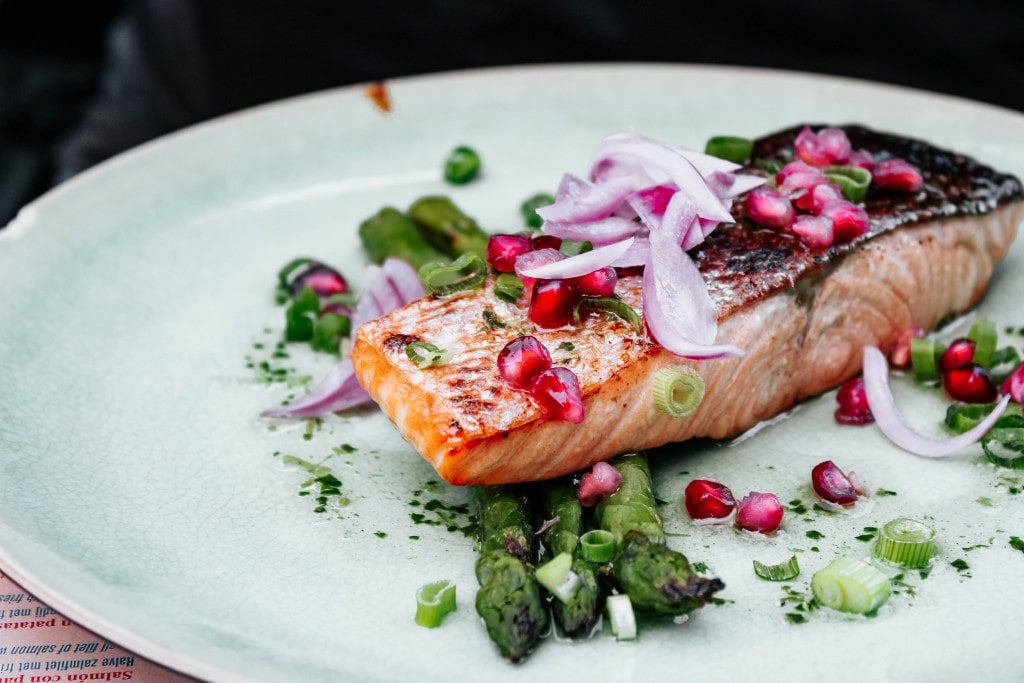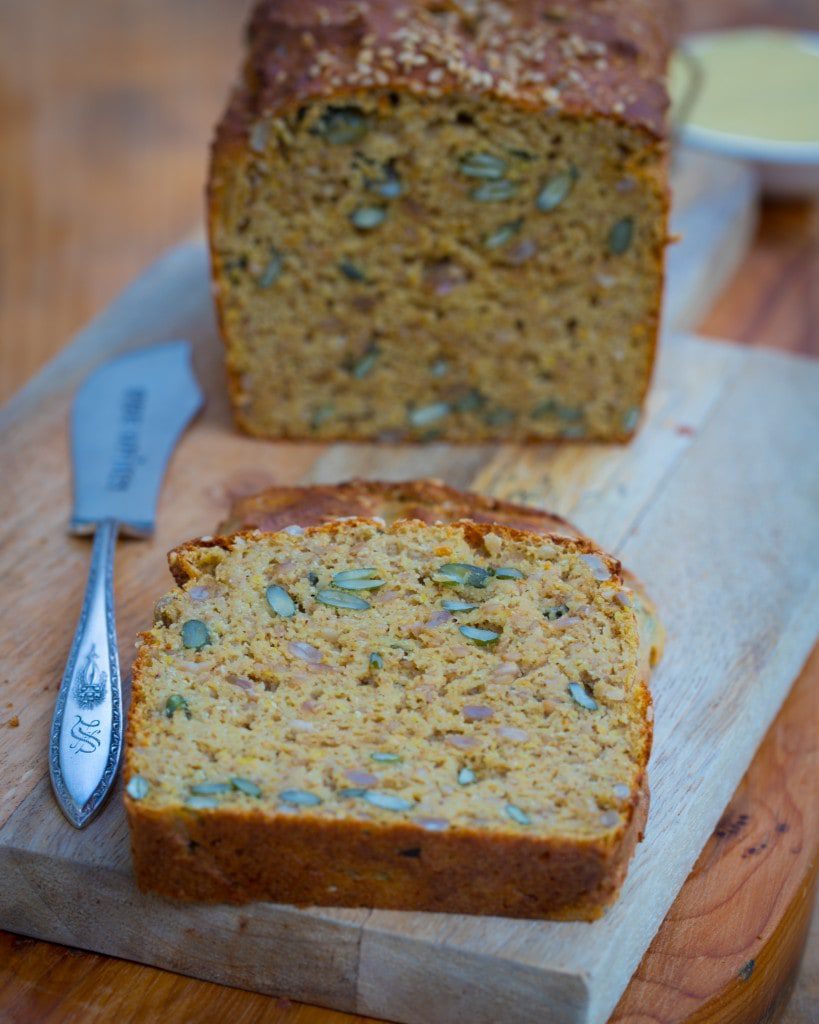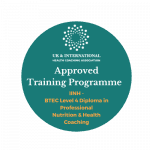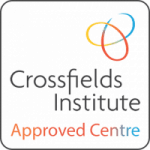Modern-day chronic conditions such as obesity, diabetes, heart disease are on the increase. It is becoming widely accepted that the increase in consumption of refined simple carbohydrates is playing a key role.
What happens when we eat carbs?
On a regular diet without carbohydrate restriction, the cells source their energy from glucose. Carbohydrate foods (namely sugar, grains, fruit, starchy vegetables) are broken down in the gastro-intestinal tract into glucose. Glucose passes into our bloodstream where the hormone insulin aids its transport into the cells to be used for energy. When one consumes an excess amount of refined carbohydrate foods (sugar, bread, white pasta, white rice) it results in a blood sugar spike. The body then releases an excess amount of insulin.
Excess insulin results in fat storage & weight management issues, also inflammation resulting in cardiovascular disease or poor cognitive function, for example. Short term it will push our blood glucose levels too low resulting in sugar cravings, energy dips, low mood etc. Overtime cells in the muscles, body fat and liver can become resistant to the effects of insulin. This leads to a build-up of glucose in the blood signalling to the pancreas to continue to produce excess insulin. Insulin resistance can eventually result in Type 2 Diabetes.
Chronically raised levels of glucose in the bloodstream can damage blood vessels, particularly smaller capillaries in our tissues. It can lead to a build up of plaque, damage to the eyes, tingling in extremities and nerve damage.
By following a low carb diet you can get a handle on blood glucose levels and reduce the production of insulin. This can result in many health benefits as we are beginning to learn about.

What are low carb diets good for?
Weight management & reducing cravings
On a carb restricted diet, insulin levels become low and the body can begin to burn fat stores. It is recommended during a low carb diet to eat more fats (avocado, unrefined oils, coconut oil, butter..). This will stabilise blood sugar levels by preventing a surge in the production of insulin and create a sense of fullness and satiety. This results in fewer cravings and therefore less snacking.
Heart health
Low carbohydrate diets help prevent one’s risk of developing Type 2 diabetes. Type 2 diabetes is a risk factor for cardiovascular disease. Studies have also shown improvements in blood pressure and blood lipid profiles on a low carb diet.
Brain health
Some functional medicine doctors have coined the phrase Type 3 Diabetes when speaking about Alzheimer’s Disease. Insulin resistance can prevent the brain from using glucose no matter how high blood sugar levels are. This slowed brain glucose uptake can lead to chronic brain energy deprivation. In turn, causing deterioration of neuronal function further leading to cognitive decline. By providing the brain with ketones, through a very low carbohydrate or ketogenic diet, the brain can restore its ability to function optimally.

What is a ketogenic diet?
The ketogenic diet was discovered back in the early 1920s as being beneficial for the treatment of epilepsy. Originally, fasting was used as an effective treatment until it was discovered that ketosis could mimic a fasting state. It was witnessed that seizures would subside with the metabolic shift of the body’s capability to use stored fat as a source of fuel instead of glucose once glucose stores ran low.
When blood glucose levels are low, the liver produces ketone bodies from fat. It is these ketones that are then used by the cells to produce energy (instead of glucose). This is what is called being in nutritional ketosis or being fat adapted. Having metabolic flexibility allows an individual to switch easily between both using glucose and ketones for energy.
As mentioned above the higher fat consumption can improve an individual’s energy levels and control cravings. Higher levels of fat also decreases the need for protein. Therefore only moderate amounts of protein are recommended for ketogenic diet.
What is a low carb diet – how much carbs are recommended?
National dietary guidelines, such as the food pyramid, recommend that carbohydrate intake is 45%-65% of overall calorie intake. Therefore, if the average intake is about 2,000 calories, national dietary guidelines suggest consuming 225g-325g of carbs per day. Many individuals, on typical western diet, will easily consume 250-350g or more of carbohydrates daily.
However, to gain the health benefits of a low carb diet there are three different brackets of low carb to consider. This all depends on what your health goals are. Levels are based on recommendations by Diet Doctor
Low carb / ketogenic
<20g carbs per day, <5% energy is coming from meals. This induces a state of ketosis in the body. Fewer carbohydrates can benefit in weight loss and/or prevention of Type 2 diabetes as well as other health benefits as outlined above.
Moderate carb
20-50g (4-10% energy from carbs in meals). Going keto may be too restrictive for some and hard to maintain therefore aiming for moderate levels to achieve health goals over a longer period of time may suit some individuals.
‘Liberal’ low carb
50-100g carbs per day (10-20% of carbs from meals). This is a common level to maintain as a healthy lifestyle once you have reached your target weight. However, individuals may find they need to stay on low carb/ ketogenic state to maintain health with particular conditions.

Low carb for beginners meal plan
Here are some practical ways you can begin to reduce your carbohydrate intake over the day.
Low carb breakfast
Replace your grain-based cereals or daily toast with eggs & veg or almond flour egg pancakes. You can also have a smoothie with low carb fruits such as berries, veggies such as spinach and healthy fats such as avocado or nut butter, thinned out with water or almond milk.
Low carb snacks
Instead of a bread, crackers or biscuits, aim for veggie sticks & nut butter, olives & cheese, ½ avocado & hummus, or keep it simple and fill the gap with a boiled egg. Try out Maggie’s Semi-dried Tomato, Black Olive, Wild Garlic Lower Carb Soda Bread.
Low carb meals
Aim for wholegrains such as brown rice or brown pasta, but keep them to ¼ of your plate, or better still, replace grains and potatoes with low carb veggies such as leafy greens, bell peppers, mushrooms, aubergine. Exchange spaghetti with courgetti or rice with cauliflower or broccoli rice! Have a go at Maggie’s Lower Carb Brown Rice as accompaniment to any dish.











